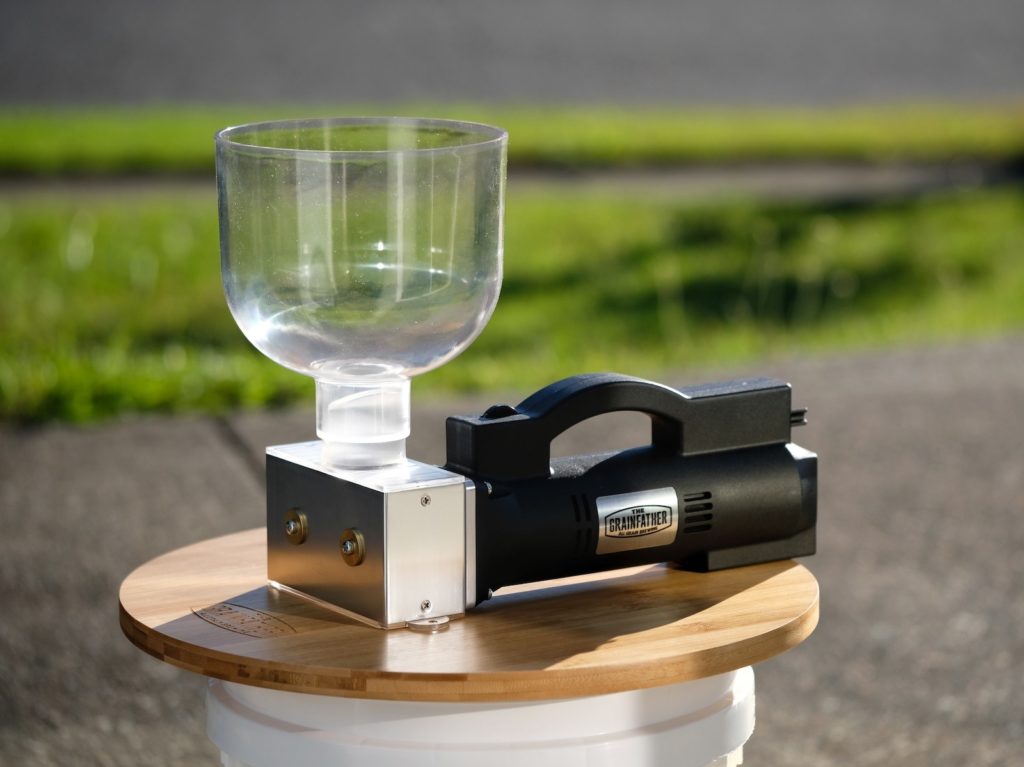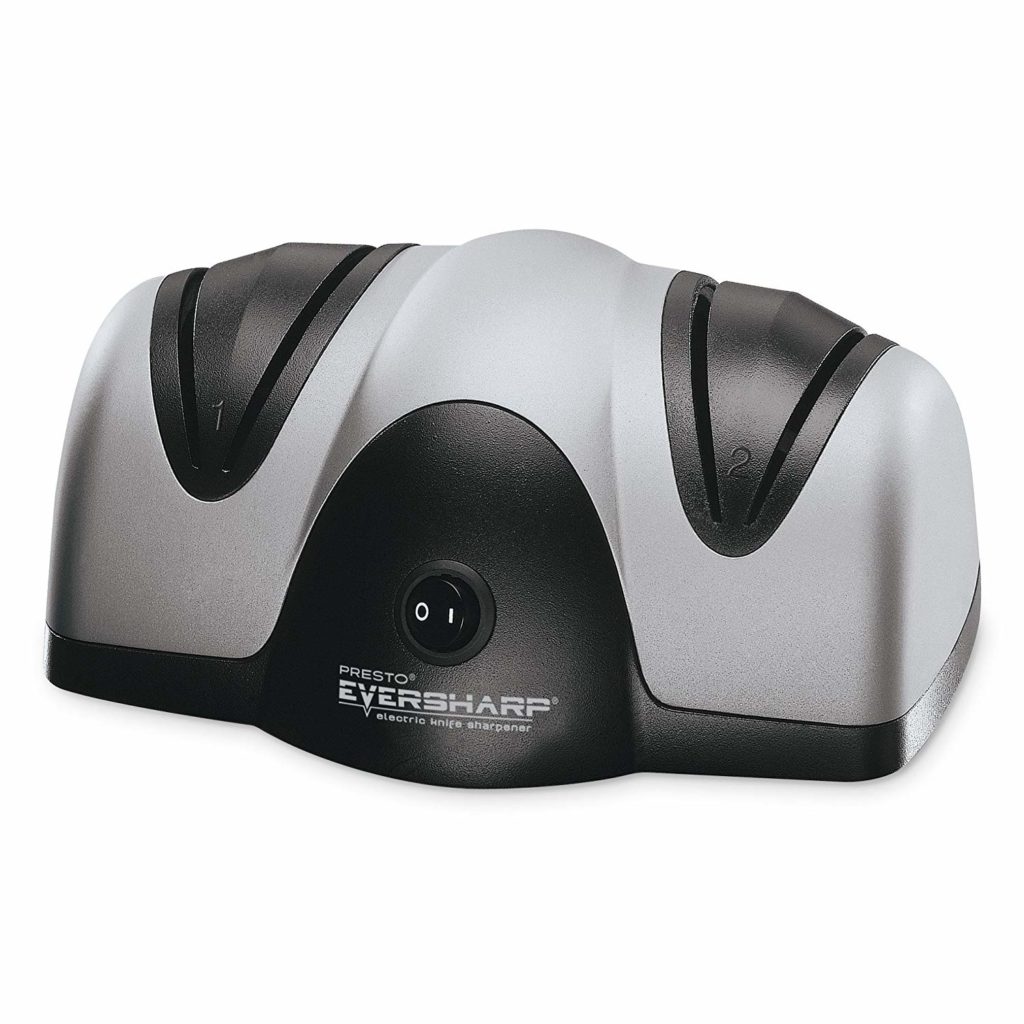Did you hone your baking skills during the past two crazy years? You’re not the only one! Baking was one of the hobbies many of us adopted to calm our anxious minds and put our over-sanitised hands to good use while waiting for the lockdowns to end. If something good is to come out of this pandemic, it’s more baking enthusiasts making people happy with their doughy endeavours.
In the process of discovering the world of baking tools like rolling pins and dough mixers, I’m sure you eventually came across grain grinders, also called flour mills, and wondered whether you actually need one. Grinding your own flour sure takes a lot more effort than just picking up a bag from the store, so is it actually worth it?
The role of flour
Let’s remember, the main ingredient in baked goods from pieces of bread to birthday cakes is flour, so the quality of it will affect the taste and texture of the final outcome. And while processed flour is widely sold, it’s not always the best choice. After all, if you’ve been baking for quite some time, you probably have experienced how the wrong type of flour can ruin an otherwise perfectly good recipe.
With the help of a grain grinder, you can have total control over the consistency and quality of the flour you use in your baking endeavours. That way, you can make sure the final outcome is always according to your taste and what the recipe calls for. Here are just some of the reasons to upgrade your baking tools with a grain grounder.

Why you need a grain grinder
Reason #1 – You’ll get to make healthy and nutritious food
Let’s be honest, we all know that processed flour isn’t exactly good for us, but why is that so? It all has to do with the refining process which strips the grain from all its nutrients, resulting in white flour that’s loaded with carbs and bad for our digestive system and overall health.
So, if you watch your diet, you have probably replaced all the white flour with wholegrain flour by now. Sure, you may have the peace of mind that you’re baking and eating more healthily, but are you? Truth is, the commercially-sold wholegrain flour often consists of white flour mixed with small batches of wheat bran. And this means that the healthy wholegrain goods you make end up being only a tiny bit more nutritious than those made using refined flour.
That said, the only way you can make sure you’re consuming 100% wholegrain goods is to actually make them yourself using freshly ground wheat with the help of your personal flour mill.

Reason #2 – You can enjoy the unparalleled taste of home-made fresh flour
Okay, even if you somehow find whole grain flour that you know for sure is 100% the real deal, you still won’t get the nutritious benefits of the grain itself.
Grains are basically seeds packed with essential nutrients from healthy fats to fibre and protein. And like all seeds, when their protective coating is damaged, the nutrients react with the air and begin to oxidize and slowly deplete. So, the longer the flour stays in your pantry exposed to air, the more of its nutritional benefits get lost.
And along with the nutritional benefits, flour that has been sitting unused for too long will lose some of its characteristics, resulting in loaves of bread, cakes and other baked goods that taste bland or are too stiff or flaky. On the other hand, freshly ground flours retain all their nutrients, and simply smell and taste better.
Reason #3 – You’ll save some money
A lot of baking enthusiasts believe that buying the biggest bag of flour they can find will save them money, but the truth is, it will often end up not being used up. Even if you bake on a daily basis, you’re not running a commercial bakery, so if you buy bulk amounts of flour you will end up having to throw it away, losing money in the process.

This is something to think about, especially if you use wholegrain flour because as said, it goes rancid very quickly. Its short shelf life is also a reason why it’s so expensive in the first place.
That said, investing in a mill from a retailer offering baking equipment can help you cut down the costs of flour. While whole grain flour can go bad fast, the grains themselves can last for quite some time as long as they’re not damaged. Also, this way you’ll prevent flour waste as you can always make your fresh flour in the exact amounts you need, no more and no less.
How to choose the best flour mill for your needs?
Have the previous paragraphs convinced you to get a flour mill? In that case, here’s what to pay attention to in order to pick the right model for you.

Electric vs. manual models
Manual wheat grinders are obviously a lot cheaper than electric ones. But like every manual tool, they require you to put in the manpower. If you want to save your energy for the other steps in the baking process like rolling, dividing and shaping, this type of grain grinder isn’t the best solution for you. In addition, grinding the grain using a manual model takes more time than with an electric one.
Then, there’s also the fact that most manual models can only produce one type of flour. Because they need to be operated by hand, most people working with a manual grinder can only produce coarse flour which can only be used for making bread.

A huge advantage of electric mills is the fact that you can adjust them to make anything from coarse to very fine flour which is definitely a plus if you want to make your own pasta. Also, some electric grain grinders can be used manually, which will come in handy in the absence of electricity.
The type and amount of grains you want to mill
The grinding burrs are the main component of the grain mill as they affect the fineness and quality of the flour produced. Depending on the type and amount of grains you want to grind, you can choose from three types of burrs:
- Stone
- Impact
- Steel
If you want to be able to make flour from all kinds of dry grains, as well as from some spices and beans, then a stone burr mill is the right one for you. Just remember, such a mill won’t be suitable for grinding wet or oily materials. Stone burr mills can be found as both electric and manual models.

If you need to mill high amounts of grains fast, then consider an impact-burr mill. This kind of mill is available in electric-only models. It’s known for its high-speed and power which is why it’s also used in professional bakeries and high-scale bread production. Just like stone-burr mills, impact-burr mills can only be used for dry grain.
If you don’t want to be limited by the type of grain you can grind, a steel-burr model is perfect for you. This type of grain mill can work with any type of grain whether dry, wet or cracked. Also, if you want to make rice flour, steel-burr models will make this possible. Though you should know that it won’t be able to make flour with a very fine texture as most steel-burr mills are manually powered.


